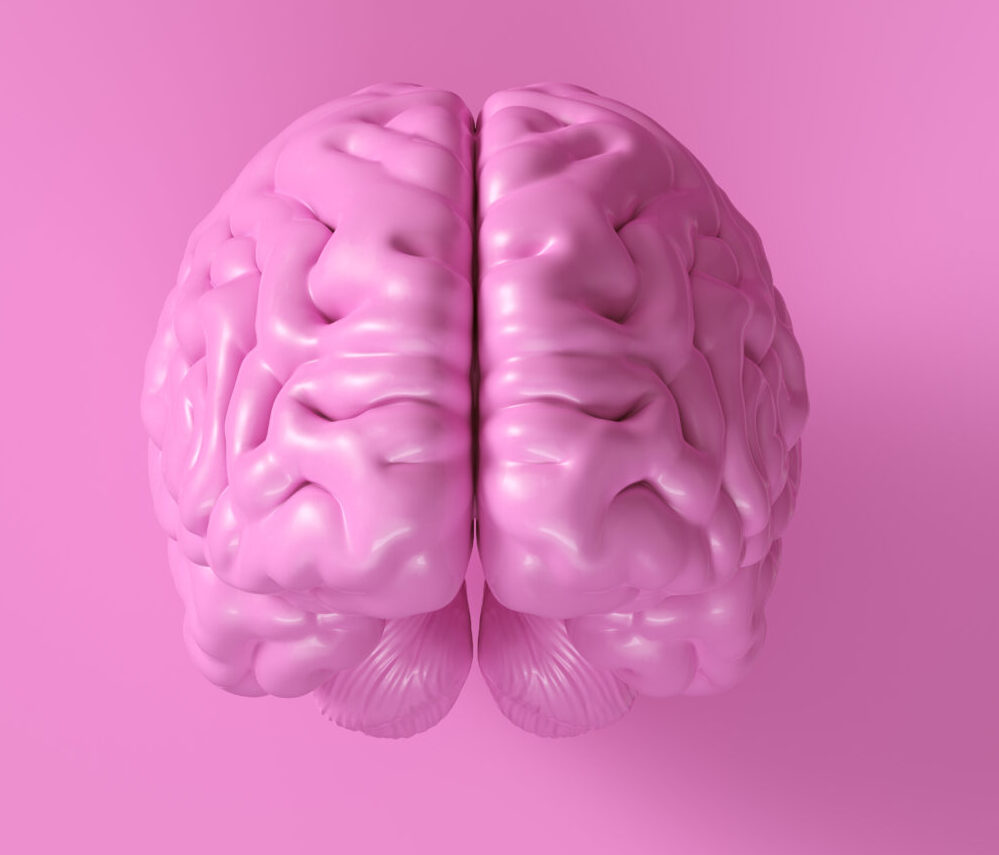Creative therapy is making waves in Parkinson’s rehabilitation, offering new hope for patients struggling with this challenging condition. Art, music, and dance are proving to be powerful tools in helping people with Parkinson’s regain mobility, boost their mood, and improve their overall quality of life.
Take Carter, for example. He joined a music therapy program for Parkinson’s and was amazed at how easily he could walk to the rhythm of music. Even simple arm movements, which had become difficult, felt more natural with musical guidance. Encouraged by these breakthroughs, Carter started bringing his own playlist to therapy sessions, using music to enhance his mobility.
Art therapy is another exciting avenue for Parkinson’s patients. Creating art allows individuals to express themselves in ways that words sometimes can’t capture. It can help reduce stress, anxiety, and depression – common challenges for those living with Parkinson’s. Plus, the act of painting or drawing can improve fine motor skills and hand-eye coordination.
Dance therapy is also showing promise. A recent study looked at a 4-week “Dance Well” program for Parkinson’s patients. The results were encouraging, with participants experiencing improvements in balance, mobility, and overall well-being. The combination of music, movement, and social interaction seems to be particularly beneficial.
These creative approaches aren’t just fun – they’re backed by science. Research shows that engaging in artistic activities can stimulate the brain in ways that complement traditional treatments. It’s not about replacing medication or other therapies, but rather enhancing the overall rehabilitation process.
One of the great things about creative therapy is its accessibility. You don’t need to be a talented artist or musician to benefit. It’s all about the process, not the end product. Many hospitals and community centers are now offering these programs, recognizing their value in Parkinson’s care.
Of course, it’s important to remember that every person’s experience with Parkinson’s is unique. What works for one patient might not work for another. That’s why having a variety of therapeutic options is so crucial.
As we look to the future, researchers are exploring ways to combine creative therapies with cutting-edge technology. Virtual reality art programs and AI-assisted music therapy are just a couple of exciting possibilities on the horizon.
The bottom line is that creative therapy is opening up new avenues for Parkinson’s rehabilitation. By tapping into the power of art, music, and dance, patients are finding joy, improved function, and a renewed sense of possibility in their journey with Parkinson’s. It’s a reminder that sometimes, the most effective treatments can also be the most enjoyable.

